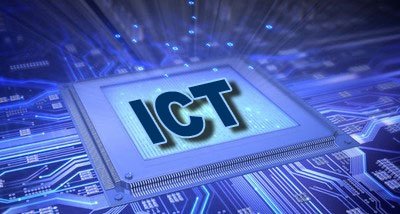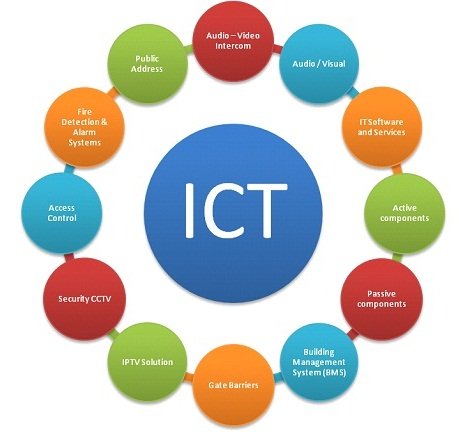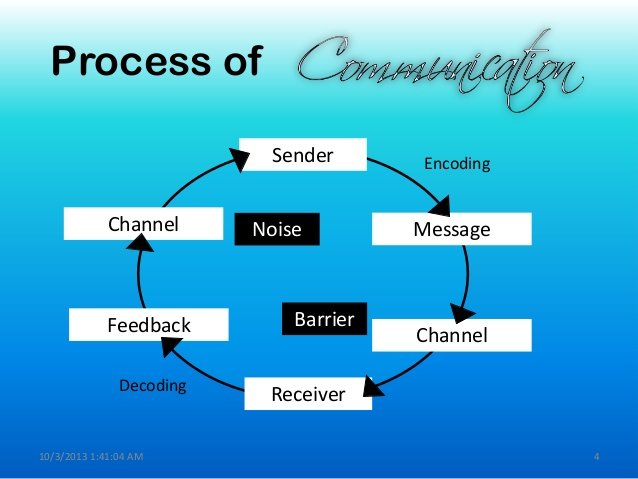Information and communication technologies (ICT) with education

Human communication is defined as "... the transactional phenomenon in which the integral members are influenced or affect each other" (Diego, José Luis, 1990). It is a phenomenon of dynamic and continuous interaction between people, which produces changes in those who participate in it and makes life possible in society, as well as its development. Evidently communication is a fundamental element in the educational process since it allows the effective transmission of some knowledge in a given area through teachers or a specialist in a certain subject. Traditionally educational programs are based on the classic system where students meet in a place to receive the knowledge directly from a teacher. At present there are new ways of receiving knowledge that go far beyond meeting in a classroom in front of a teacher, the accelerated advancement of technology in recent years has opened the door to new ways of storing information for That this can be available in a much easier way for the general public. In this sea of new technologies and innovation is the emergence of Information and Communication Technologies (ICT). These new techniques seek to take advantage of new technological resources to facilitate the acquisition of knowledge, which has a transcendental impact on education.

The emergence of ICT has led to the birth of a new branch in traditional education, the so-called distance education, which is an exit from the traditional educational model where it depends on a teacher to receive knowledge directly. Although it is true that for the existence of ICTs, it is essential to have the action of a teacher, either to write a document, to record audiovisual content, to create a presentation, among others, but it is not necessary for the teacher to intervene directly to knowledge. In this teaching system, the student receives the study material (personally, by e-mail or other possibilities offered by the internet), allowing in the educational act to use new techniques and strategies of learning focused on the student himself, thus promoting the Self-education and self-management, that is to say, it is a flexible and self-directed education, whose main tools are information and communication technologies. Many universities nowadays have adopted systems of distance education where the teacher only appears in a schedule previously established to carry out some tutoring with the students or to carry out face-to-face assessments. Even beyond the university systems, there are several professionals who simply want to share their knowledge with the general public and are dedicated to disseminate on the web (whether on a personal page, a blog or their profile on a social network) their knowledge, their research work, their presentations, all accompanied by didactic support material, so that they are easily accessible to someone interested in this subject. It is a form of teaching in which students do not need to physically attend the place of studies. With these increasingly frequent modalities of distance education appears the strong debate between two sides that discuss how much communication exists in this process and if the famous ICTs help for this.
Like society, communication is advancing and changing, ICTs are a great proof of this since they reflect the need of man to continue gaining knowledge, but are ICT truly technologies to "improve" communication? Do they represent the essence of human communication? Or is it simply a way of obtaining information where the smallest communicative process is not performed? In the famous communication model of David Berlo (1960), which is composed of the source or sender, the message, the channel and a receiver, the communicative abilities of the sender, who communicates the message, are truly fundamental. This is where the main criticisms of ICT are based. But it is important to emphasize that ICTs are techniques, instruments that we use to improve human communication.

As technology advances, different changes in the behavior of the human being are developed, both in the simplest aspects of their daily life and in the sophisticated processes that they perform in the labor field. What shows that the human being is evolving and as he acquires more knowledge is adapting to these. Thanks to these new technological advances and the capacity of the human being to adapt to them, the so-called ICTs are born. As I mentioned earlier, ICTs arise as an alternative to be able to help the human being to further develop their knowledge and are manifested as a radical change in the current communication systems as they show a new way to make knowledge easier .
However, with ICT it would be reaching a point somewhat removed from the communicative model of Berlo (1960), since this model is concerned with the transmission of a source to the receiver with the greatest possible facility, it is also supported by future feedback from the receiver to the source. But through the use of ICT there are certain cases, although not all, where the possibilities of feedback are minimal, and the simultaneous behavior of people as sources and receivers is not adequately covered. Therefore, it is at this point that much of the controversy surrounding distance education is centered. How can there be a communicative process where feedback is minimal? It falls into the so-called non-verbal communication which arouses many doubts in people in regard to an educational process.
Certainly using ICT, in many cases the little feedback directly present in the communicative process is evident. However, if we follow Berlo's communicative model(1960) , he states: "The process of human communication is not only reduced to a physical interdependence or of responses between the source and the receiver, but also indicates a set Of predictions, on both sides, as to how the other will respond to the message. Every communicator has an image of his receiver, anticipates possible responses and tries to predict them before they occur. The receivers, on the other hand, select their messages with respect to the image that have been formed from the source ... " it is necessary that the phenomenon of feedback be present. This can be taken as a clear response to the negative aspect that is observed in ICT, due to the lack of face-to-face contact. I think its name says it, ICTs are "technologies" that help to get more information on any specific topic, so it fully contributes to the development of people.
These ICTs fulfill the fundamental objective of communication that is the fact that the source leaves a message and this leaves a transcendent mark on the receiver. If this requirement is met, we can say that a communication process has actually been carried out, and if we are guided by Berlo's communicative model (1960), for this to be achieved, it is not strictly necessary to have a question-answer between two or more people.
In order to move forward, man needs to adapt to change. ICT is the new changes that knock the door on everyday life. It would be a waste to reject them when they are coming so quickly and inevitably into our lives, so we can not wait too long to accept this new change. That is why we continue to receive these innovative tools that ultimately will help us achieve what the human being has always needed, to continue learning and advancing throughout history.
Sources:
Santoro E., (1986) Efectos de la comunicación. Recovered from: http://www.flacsoandes.edu.ec/libros/106491-opac
Lopez, A., Parada, A., Simonetti, F., (1995) “Introducción a la psicología de la comunicación”, Santiago, Chile: Ediciones Universidad Católica de Chile.
Semenov, A., (2005) La tecnología de información y comunicación en la enseñanza, Recovered from: http://unesdoc.unesco.org/images/0013/001390/139028s.pdf
Pujol L., (2012) “Comunicación en la era actual” Recovered from: https://es.slideshare.net/jcpfd/la-comunicacion-en-la-era-actual-13575904
Fierros, R. (marzo 2012), Modelo de comunicación de David Berlo [Mensaje en un blog] Recovered from: http://modelodeberlo.blogspot.com/2012/03/introduccion-una-de-las-principales.html
The images were taken from "Google images":
http://www.researchaustralia.com.au/wp-content/uploads/2014/11/Tech2.jpg
https://steemitimages.com/0x0/http://i.imgur.com/uMBecWc.jpg
Nice one